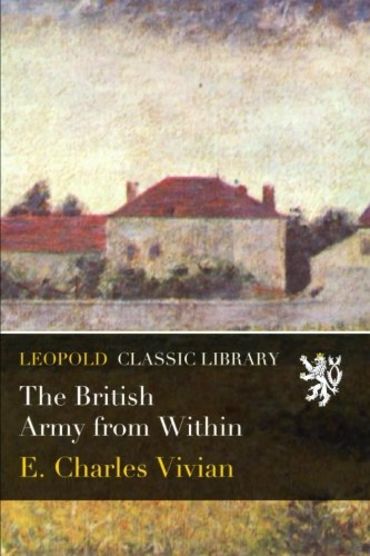What do you think?
Rate this book


Books about the History of Great Britain follow the historical developments and ultimate union of England, Scotland, Wales and Northern Ireland. After centuries of Roman rule, in 1066 England was invaded by the Normans, and in 1707 England, Scotland and Wales formed the United Kingdom. The British Empire came to occupy one-quarter of the earth's land surface, but was weakened by World War 1, and was dismantled shortly after World War 2. Titles include: A Short History of England, Ireland, And Scotland, Ancient Britain in the Light of Modern Archæological Discoveries, The Legal Code of Ælfred the Great, Documents Illustrative of Sir William Wallace: His Life and Times, Edward the First, A short history of English rural life from the Anglo-Saxon invasion to the present time, Condition of the Border at the union: destruction of the Graham clan, A Historical Account of the Belief in Witchcraft in Scotland, Guy Fawkes; Or, a Complete History of the Gunpowder Treason, History of Mary Queen of Scots, Huntingdonshire and the Spanish Armada, Memorable Wars of Scotland, King Edward VII as a Man and Monarch, Sir Francis Drake, Sir Walter Raleigh, The Parliamentary Generals of the Great Civil War, Oliver Cromwell: The Story of His Life and Work, and The Foundation and Growth of the British Empire.
Also in this BookBooks in English, Irish, Scottish, Welsh Literature contain the works of English, Irish, Scottish, and Welsh authors. Titles include: Gill's Irish Reciter. A Selection of Gems from Ireland's Modern Literature, The Pocket Library of English Literature: Elizabethan & Jacobean Pamphlets, Lectures on the English comic writers, Three Centuries of Scottish Literature. Vol. I. The Reformation to the Union, Three Centuries of Scottish Literature. Vol. II - the Union to Scott, and The Influence of Gothic Literature on Sir Walter Scott.
And in this BookBooks on the Study and Teaching of History analyze the profession that discovers, researches and compiles documentary and other evidence relating to past events in order to understand historical processes. Teachers of history use a range of techniques to impart the knowledge of historical research to students of the subject.
About usLeopold Classic Library’s aim is to provide readers with the highest quality reproductions of fiction and non-fiction literature that has stood the test of time. Our titles are produced from scans of the original books and as a result may sometimes have imperfections. To ensure a high-quality product we have:
If You can't find the book You're looking for, please write to us. We will look for it in our catalog and find the best price for You in our eBay store.
Come home to the books that made a difference!
Thank you for your interest in our books!
Paperback
Published December 16, 2015